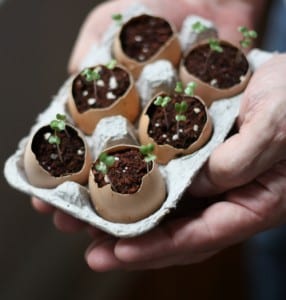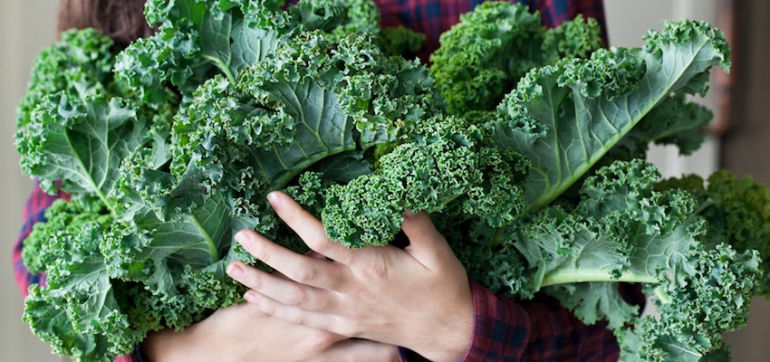In fact, I recommend eating a high-carbohydrate diet. But wait, you're probably saying, don’t carbohydrates contribute to insulin resistance, heart disease, and other health concerns?
Yes, some do. But the truth is more complicated than that.
The Different Types of Carbs and How to Eat for Your Health
You see, the word carbohydrates encompasses a huge category. A hot fudge sundae and cauliflower both fall into the “carbs” category — yet they are entirely different foods.
In fact, almost all plant foods fall into the carbohydrate category. These are what I call "slow carbs," which are low-glycemic and don’t spike your blood sugar. Eating a cornucopia of good-quality, plant-based carbohydrates provides unique benefits, including high levels of vitamins and minerals, fiber, and special plant compounds with healing properties called phytonutrients.
But unfortunately, most people don’t choose the healthy slow carbs. They eat quickly absorbed carbohydrates from sugar, high-fructose corn syrup, and white flour, which the body very efficiently turns into belly fat.
The important difference is in how carbohydrates affect your blood sugar. Calorie-wise, sugar is different from calories that come from protein, fat, or non-starchy carbs. Sugar scrambles all your normal appetite controls, so you consume more and more, driving your metabolism to convert it into lethal belly fat.
But high-fiber, low-sugar carbohydrates like broccoli are slowly digested and don’t lead to blood sugar and insulin spikes.
That's the key difference. Slow carbs such as broccoli heal rather than harm.
Ideally, about 75 percent of your carbohydrate intake should come from non-starchy veggies and low-glycemic fruits. When you focus on these low-glycemic-load plant foods, your weight normalizes. You feel better without the sugar crashes. And you reduce your risk for numerous diseases.
But I want to go beyond the are-they-bad-or-good confusion and classify carbohydrates into four simple categories, using traffic-light colors, to help you make the optimal choices:
1. Green carbs Eat all you want here! Slow-burning, low-glycemic vegetables — like kale, broccoli, cauliflower, Brussels sprouts, cucumbers, and asparagus — should be the basis of your diet. Seaweed is another smart choice.
2. Yellow carbs Eat these moderately. These include whole grains — like brown rice, quinoa, and buckwheat — legumes, dark berries, stone fruit, apples, and pears. All of these are nutrient-rich.
3. Red carbs Go easy here. These include starchy, high-glycemic cooked vegetables — like winter squashes, peas, potatoes, corn, and root vegetables such as beets — as well as higher-sugar fruits like grapes and melons. Portion these out and use them as treats, not dietary staples.
4. Forbidden carbs Skip these altogether or use them very sparingly. This category includes dried fruit, processed foods, and gluten-containing grains.
When Might a Low-Carb Diet Be Beneficial?
“But Dr. Hyman, I did really well on a low-carb diet,” a patient will occasionally say.
I’m not denying they can work. While nearly everyone does well with slow carbs, there are some cases in which a very low-carb diet can be beneficial.
For people with type 2 diabetes, high blood sugar, or obesity, you may need to restrict or cut out good carbs, even starchy veggies and fruit, for a period of time before returning them to your diet. The trick involves gradually introducing slow carbs. As insulin sensitivity improves, you can increase your consumption of slow carbohydrates like lentils, yams, fruit, and whole grains from time to time.













